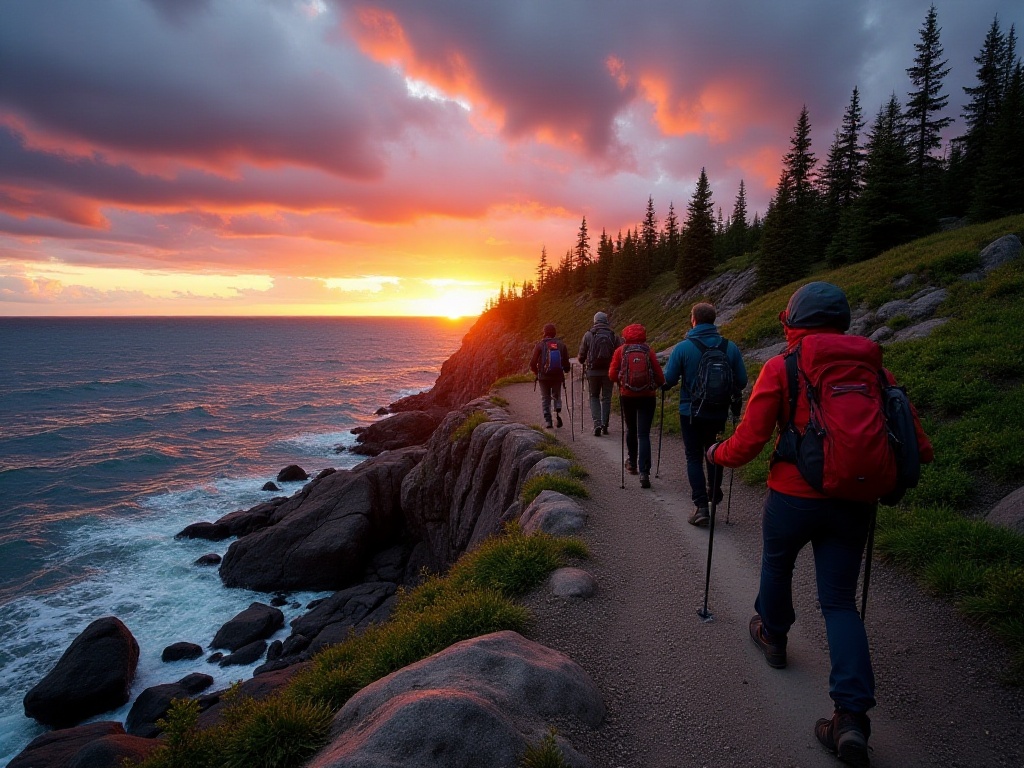Introduction
As an experienced hiker who frequently shares outdoor experiences on Xiaohongshu and Bilibili, I've noticed that in recent years, more and more young people have fallen in love with hiking. Especially in Japan, young people treat hiking as a new lifestyle, even developing specialized social circles. While I've hiked many famous trails worldwide including the Himalayas, Alps, and Rocky Mountains during my global trekking journey, the hiking experience in Japan's Central Alps left the deepest impression. Today, I'll explain why hiking in Japan's Central Alps region is absolutely this summer's most worthwhile destination.
The Central Alps
When mentioning hiking in Japan, many people first think of Mount Fuji, but actually, the Central Alps region is the most popular hiking destination among locals. This includes three major mountain ranges: the Northern Alps (Kita Alps), Southern Alps (Minami Alps), and Central Alps (Chuo Alps).
This region, known as "Japan's Roof," offers Japan's most stunning mountain scenery. Imagine standing on a ridge at 3,000 meters elevation, surrounded by rolling mountains, with snow-capped peaks glistening in the sunlight in the distance, and colorful alpine plants swaying gently in the breeze nearby. The air is so fresh you want to take deep breaths, with seas of clouds churning below, making you feel like you're in a fairyland. Such experiences are hard to find elsewhere in Asia.
I remember being amazed by the unique geological features when I first visited the Central Alps. These mountains, formed by tectonic movement and shaped by millions of years of weathering and glacial action, created unique knife-edge ridges and U-shaped valleys. Especially during sunrise and sunset, when sunlight hits these rock faces, they display stunning golden radiance.
Recommended Routes

Kamikochi-Karasawa
This route is absolutely my favorite. Starting from Kamikochi Bus Terminal, following the Azusa River Valley upward to Karasawa Mountain Hut. Though only 9 kilometers in total, due to valley crossings and elevation changes, it typically takes 6-7 hours to complete.
Last summer, my first time on this route remains unforgettable. Setting out early from Kamikochi, morning sunlight filtered through riverside birch forests, casting dappled shadows on the ground. The Azusa River was crystal clear to the bottom, with fish visible swimming in the water. Towering rock walls flanked both riverbanks, like masterpieces of nature's craftsmanship.
Along the way, I encountered several Japanese macaques, completely unafraid of humans, leisurely jumping from tree to tree. One small monkey curiously stared at me for a long time, so cute I nearly filled my camera's memory card.
While resting at Karasawa Mountain Hut, I met a couple from Tokyo who had been hiking here for three consecutive summer vacations. They said they discover new surprises each time, whether from seasonal vegetation changes or different weather conditions creating varied scenery.
Tateyama Kurobe
The Tateyama Kurobe Alpine Route, known as "Japan's Alps Route," is the most perfect example I've seen of humans living in harmony with nature. The entire route traverses the Tateyama mountain range and passes through Kurobe Gorge, allowing you to experience vertical landscape changes from subtropical to frigid zones in a single day.
What makes this route unique is its perfect integration of natural scenery and man-made facilities. You can ride aerial tramways across gorges for thrilling experiences between cliff faces; take mountain cable cars to easily climb sections with huge elevation changes; and ride trolley buses through snow-covered mountain walls.
But what impressed me most was the Kurobe Dam. This structure, dubbed "Japan's Most Beautiful Dam," regularly releases water in summer. When huge water flows cascade down from the 186-meter-high dam, the resulting mist creates rainbows in the sunlight, making for a spectacular visual feast.
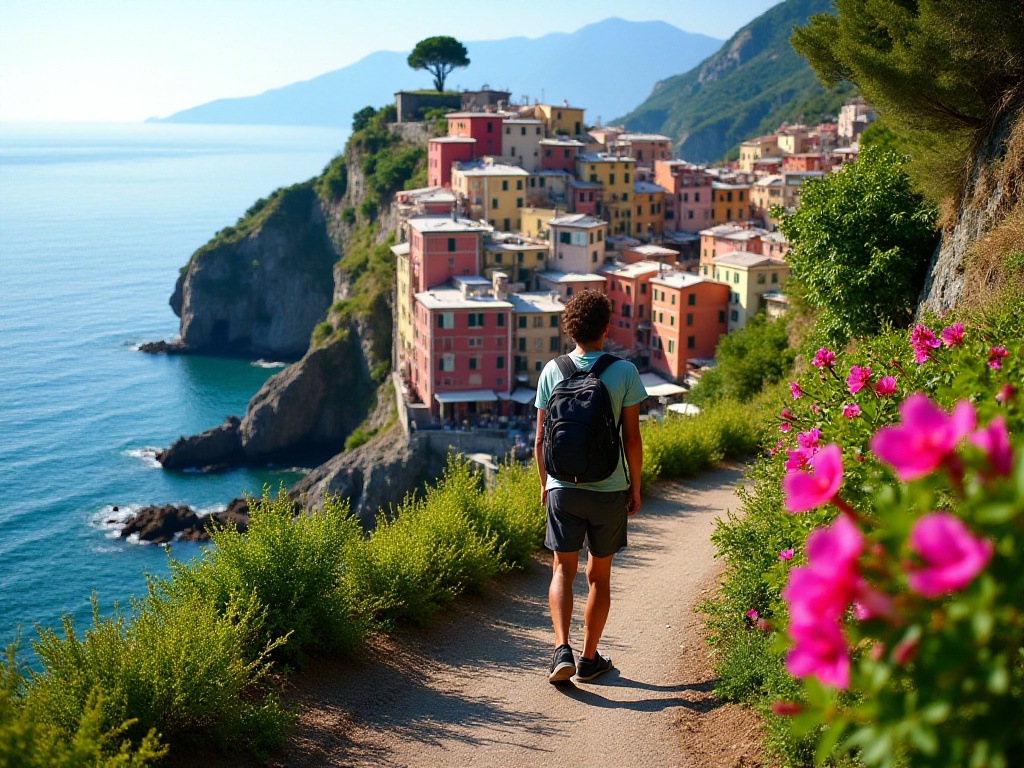
Special Experiences
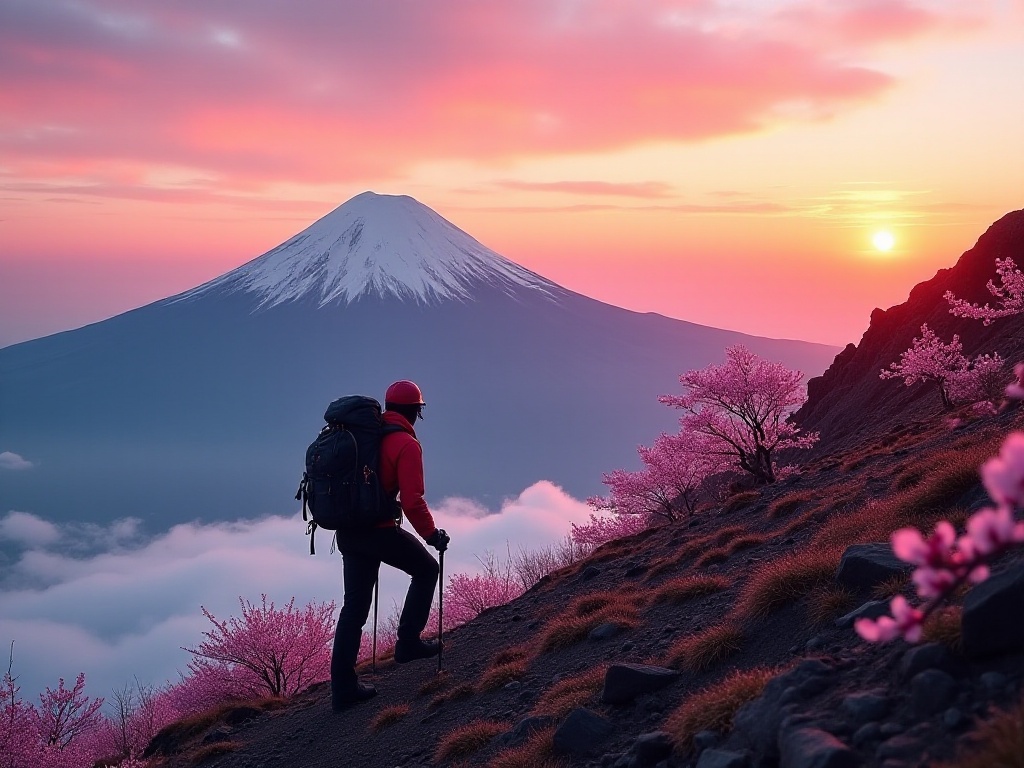
Mountain Hut Culture
The mountain hut culture in Japan truly opened my eyes. Compared to huts I've experienced in the European Alps, Japanese mountain huts pay more attention to details and service, perfectly demonstrating Japan's unique "craftsman spirit."
Can you imagine having hot miso soup and rice at 3,000 meters elevation? Not only that, but hut owners also prepare seasonal dishes based on the time of year. I remember staying at Tsubakuro Mountain Hut once, where dinner included fresh mountain vegetable tempura served with warm sake - that satisfaction is indescribable.
The daily routine at mountain huts is also interesting. Lights out precisely at 9 PM, wake up at 4 AM to watch sunrise - everything runs like clockwork. Though accommodation is simple, usually tatami-style communal sleeping areas, the bedding is kept spotlessly clean and warm futons are provided.
Most touching is the warmth of the hut owners. They greet every hiker with warm smiles, treating you not as a guest but as family. During rest times, they eagerly share local hiking knowledge and safety tips.
Once when weather changes forced me to stay an extra night at a hut, the owner not only didn't charge extra but specially prepared additional blankets for me. This kind of human touch is rarely found in commercial accommodations elsewhere.
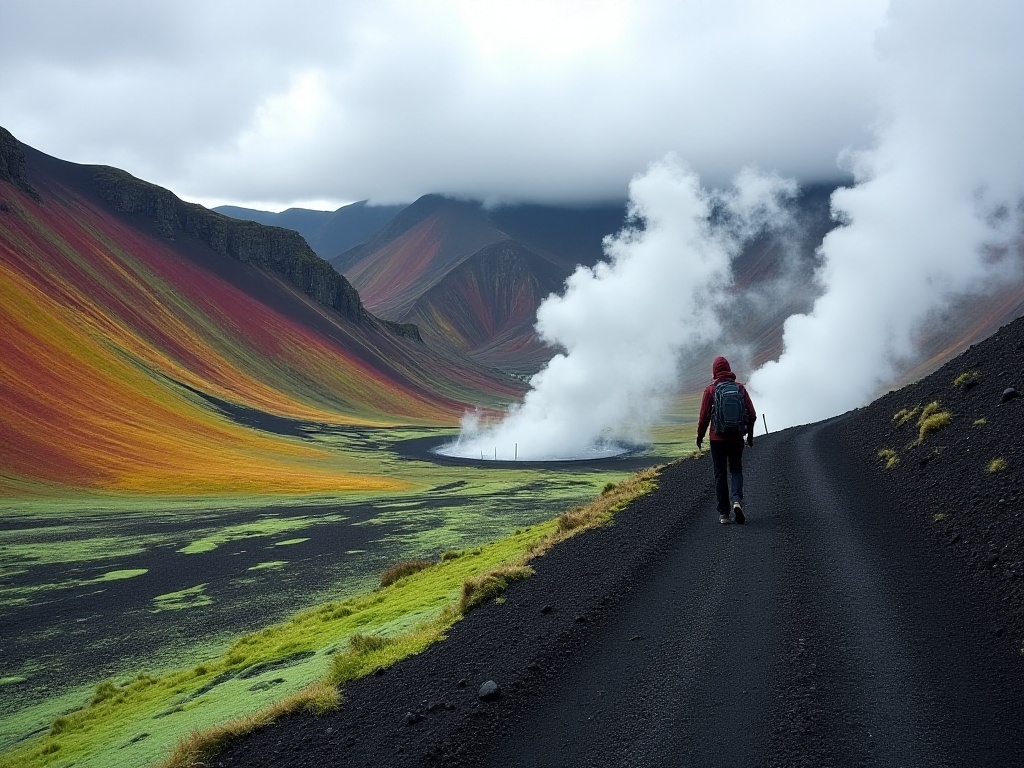
Nature Conservation
The Japanese respect for and protection of nature is truly worth learning from. Here, every hiker conscientiously carries their trash down the mountain, and even picks up litter they find along the way. According to statistics, despite over 1 million visitors to the Central Alps region in 2023, litter problems rarely occurred.
This environmental consciousness is reflected not only in waste management but also in natural resource protection. For example, wooden walkways are installed in areas with alpine plants to prevent visitors from trampling vegetation. Warning signs are posted in areas frequented by wildlife, reminding visitors to maintain safe distances and not feed animals.
I especially admire Japan's "environmental education" philosophy. Many mountain entrances have nature education centers that introduce local ecosystems and environmental knowledge through engaging displays. This educational yet entertaining approach naturally instills environmental awareness.
Practical Advice
Best Season
As an experienced outdoor enthusiast, I strongly recommend hiking the Central Alps between July and September. During this time, temperatures are pleasant, alpine plants are in bloom, and visibility is best. However, special note that mid-July to mid-August is Japan's summer vacation period, when it's very crowded and mountain huts often require reservations months in advance.
My insider tip is to choose early September, when there are fewer people and you can see early autumn foliage. Especially in mornings and evenings, when sunlight slants across the red maple leaves, the entire valley seems gilded. The temperature is also more comfortable than midsummer.
However, note that September occasionally experiences typhoon weather, so closely monitor weather forecasts before departure. If typhoon warnings occur, it's best to adjust your schedule, as safety always comes first.
Equipment Preparation
Though Japan's hiking facilities are excellent, essential equipment cannot be overlooked. Based on my multiple hiking experiences, the following equipment is necessary:
First regarding clothing, waterproof and windproof jackets are essential. Mountain weather changes unpredictably, often shifting from bright sunshine to thunder and lightning in moments. Also, temperature differences increase with elevation, so prepare a layered clothing system for temperature regulation.
Trekking poles are necessary, not only helping maintain balance on steep trails but also reducing knee strain. I recommend collapsible carbon fiber poles, both lightweight and durable.
Sun protection is also important. UV radiation is especially strong at high altitudes, so sunscreen, sunglasses, and sun hats are all essential. Last year I was careless and ended up with peeling skin.
Of course, prepare basic first aid supplies, energy supplements, and sufficient drinking water. Though mountain huts supply food and water, it's good to be prepared for emergencies.
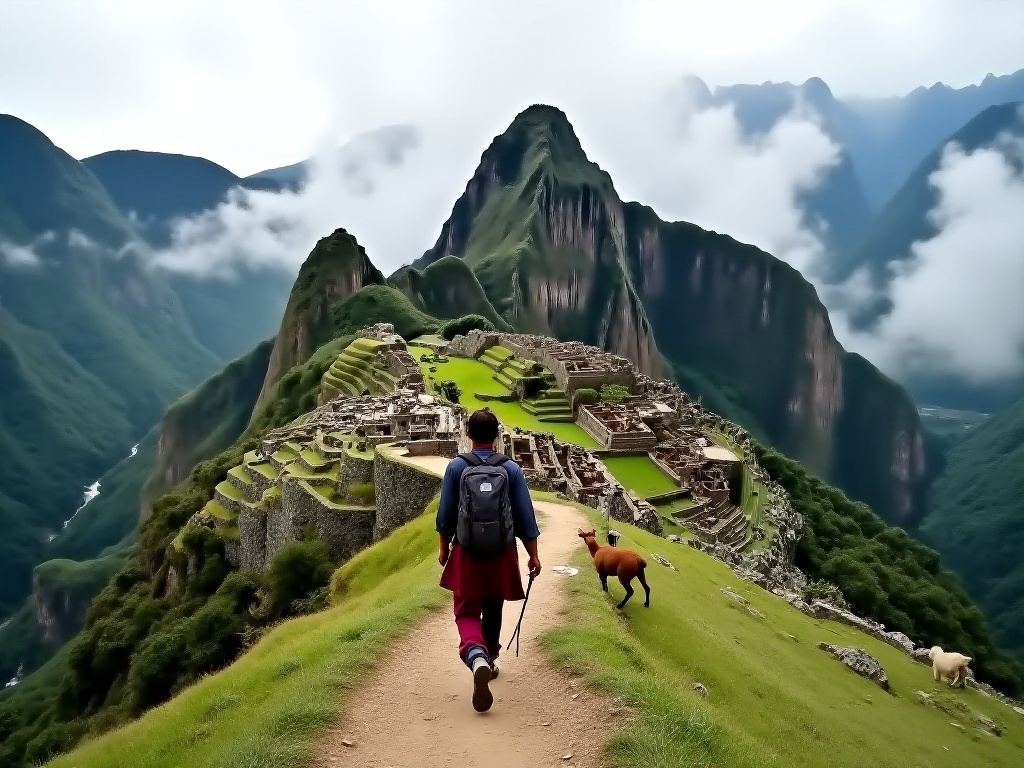
Important Notes
Regarding safety, though Japan's hiking trails have excellent facilities, mountain weather changes remain the biggest challenge. According to Japan Alpine Club statistics, over 60% of rescue incidents in the Central Alps region are caused by sudden weather changes.
My advice is to always check weather forecasts in advance - better to change plans than risk dangerous conditions. During hiking, constantly observe weather change signs like cloud patterns and wind direction changes. If conditions appear unfavorable, decisively choose to descend or find nearby shelter.
Additionally, though Japan's mobile coverage is good, some mountain areas may lack signal. Best to download offline maps and bring portable GPS devices. I personally use a combination of mobile apps and physical maps for navigation, allowing cross-verification for greater safety.

Closing Thoughts
Hiking is truly not just a sport but a life attitude. Through hiking, we can better understand nature and ourselves. Especially in places like Japan's Central Alps, you can not only appreciate magnificent natural scenery but also experience unique cultural elements.
I'll never forget watching sunrise from Tsubakuro Peak. When the first rays of light pierced through clouds illuminating the endless mountains, that overwhelming feeling was unforgettable. In that moment, all fatigue vanished, leaving only awe and emotion toward nature.
If you want to try a unique hiking experience, Japan's Central Alps is definitely an ideal choice. Remember to prepare thoroughly before departure and choose routes suitable for your fitness level. During hiking, stay aware of weather changes and prioritize safety. You'll surely gain an unforgettable hiking experience.
Finally, a small tip: If you want to take good photos, bring a wide-angle lens, as mountain scenery is too grand for standard lenses to capture fully. Also, morning and evening light is best for photography, creating especially enchanting light and shadow effects.
Are you already looking forward to your hiking journey? If you have any questions, feel free to ask in the comments. Next week, I'll write a detailed guide about preparing hiking equipment for Japan, including specific brand recommendations and usage tips, so stay tuned.





